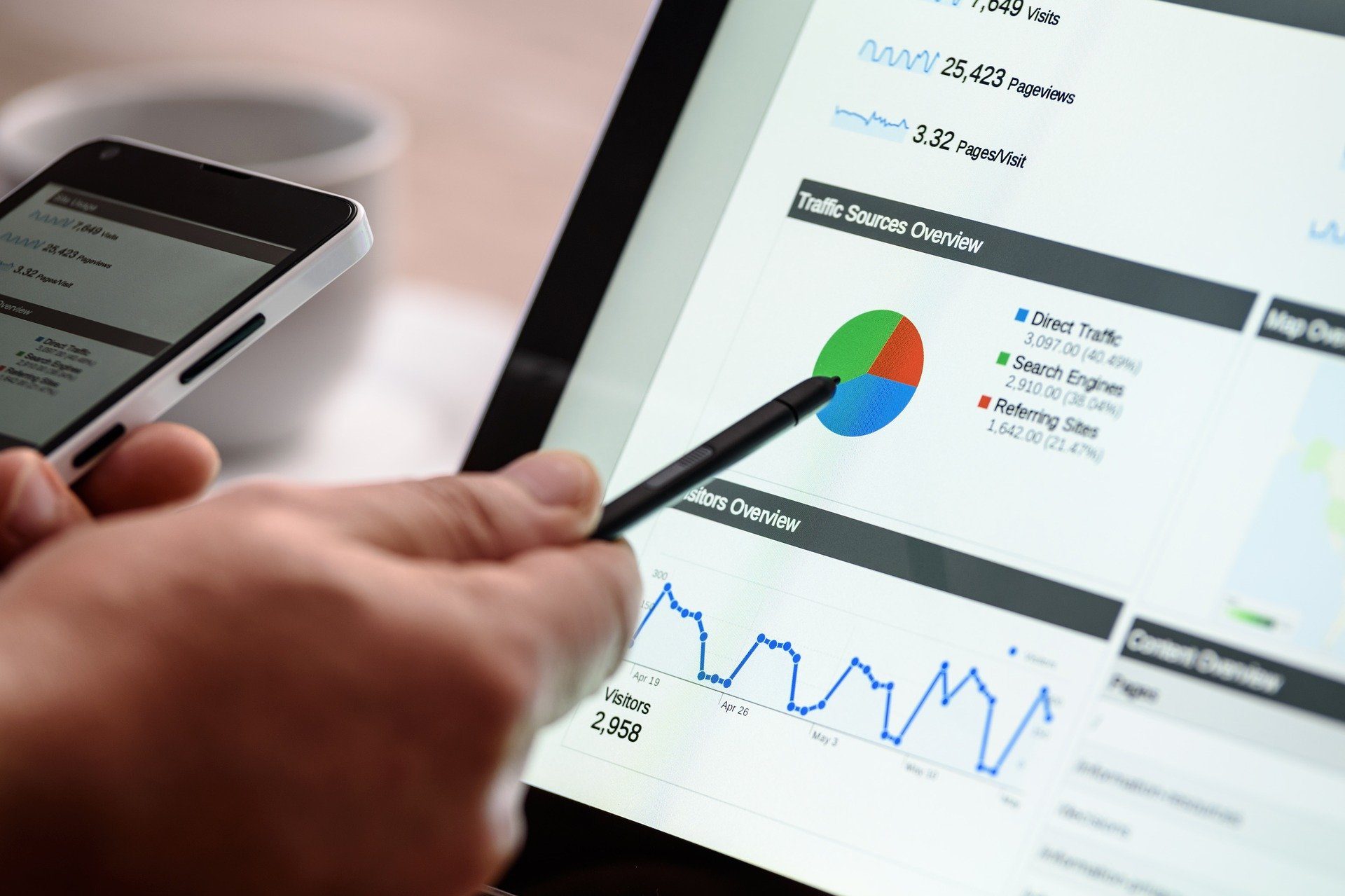When it comes to digital marketing, there are hundreds of terms used by technical teams and industry experts, and it can be difficult to stay on track.
Here are 17 digital marketing terms and their descriptions, that we think you should know, in alphabetical order.
A/B testing: This is a way of creating two different versions of creative and testing them against each other to see how well they perform and how your audience reacts to both. During this process, we recommend making one change from version A to B, so you know what your audience is responding to.
Alt-Text: Otherwise known as Alternative Text, is the method of tagging an image in the HTML to tell the user or Google what is shown within the image. This is great for a website’s SEO (see below) as this enables Google to see what your website contains and allows relevant users to reach your website through the right keywords.
Audit: This is a full, in-depth look at how a website is performing; this looks at all aspects of the site and can provide information on where they can improve. Here at Modo25, we can offer a free website audit to benchmark your performance, get in touch to book with us!
Attribution: This term relates to defining which point of the marketing process is responsible for the conversion (see below). This identifies a set of user actions that contribute to the desired outcome.
Backlink: Used commonly with SEO, this is an incoming hyperlink from one web resource to another. This helps with website optimisation as a large number of backlinks can improve your performance and searchability from a search engine e.g. Google or Bing.
Bounce rate: This is a term used in web traffic analysis, bounce rate is the percentage of visitors to a particular website, who leave the site after looking at only one page. In rate terms, the lower your percentage – the better.
Conversions: This is when a user on-site completes the desired action from an advertisement. For example, downloading a guide, completing a form, making a purchase etc. This term helps performance teams understand how their advertising is doing, and whether users are interacting with their ads.
 CPA: Cost Per Acquisition, also known as cost per conversion, is the amount an advertiser will spend on one conversion from an advert. This can be calculated by dividing the number of conversions by how much they have spent.
CPA: Cost Per Acquisition, also known as cost per conversion, is the amount an advertiser will spend on one conversion from an advert. This can be calculated by dividing the number of conversions by how much they have spent.
DSP: This refers to a Demand Side Platform, this is a system that allows buyers of digital advertising inventory to purchase ad space on a third-party website, through a real-time bidding auction. We have recently partnered with Amazon, with access to their DSP, get in touch for more information on Amazon advertising.
Index: This is a common feature on sites such as the Google Search Console, where a website is crawled to gather and record all pages on a particular website.
Keyword research: A standard yet beneficial practice in SEO, this is the task of researching what terms or phrases people frequently search for and using this data to make informed decisions regarding which keywords a business should be targeting in their own campaign. Websites such as SEMrush are useful for this type of research.
KPI: Otherwise known as Key Performance Indicator, is a measured value that is used to evaluate the success/progress of a business objective. For example, sales revenue or website traffic.
Landing page: This is a webpage that appears in response to a user clicking on a search result, marketing promotion, marketing email, or an ad. This is where the user ‘lands’ on a website, their purpose is to offer the visitor all the necessary information.
Retargeting: Similar to remarketing, this is when ads for a product or service are shown across the web to people who have previously visited their website. This reintroduces the product or service to those who are more likely to buy as they have already shown interest.
ROAS: Return on Ad Spend simply relates to the amount of money or value that a business will get back from the money they put into advertising.
ROI: In the same category as ROAS, Return on Investment is a measure used to evaluate the efficiency of an investment (benefits, leads, sales) compared to the cost. This is an important metric to performance marketers, as they can gauge an idea of an investment’s profitability.
SEO: This stands for Search Engine Optimisation. This is a key part of marketing and entails keyword research, high-quality original content and backlinks, to drive traffic to a site organically, which is when a user searches or finds a website without any influence from a paid source.
We have a full team of specialists that can help you understand these digital marketing terms and all aspects of your strategy, from SEO, paid media and social, and affiliates. If you would like help with any of the following, feel free to get in touch by sending us an email to team@modo25.com






